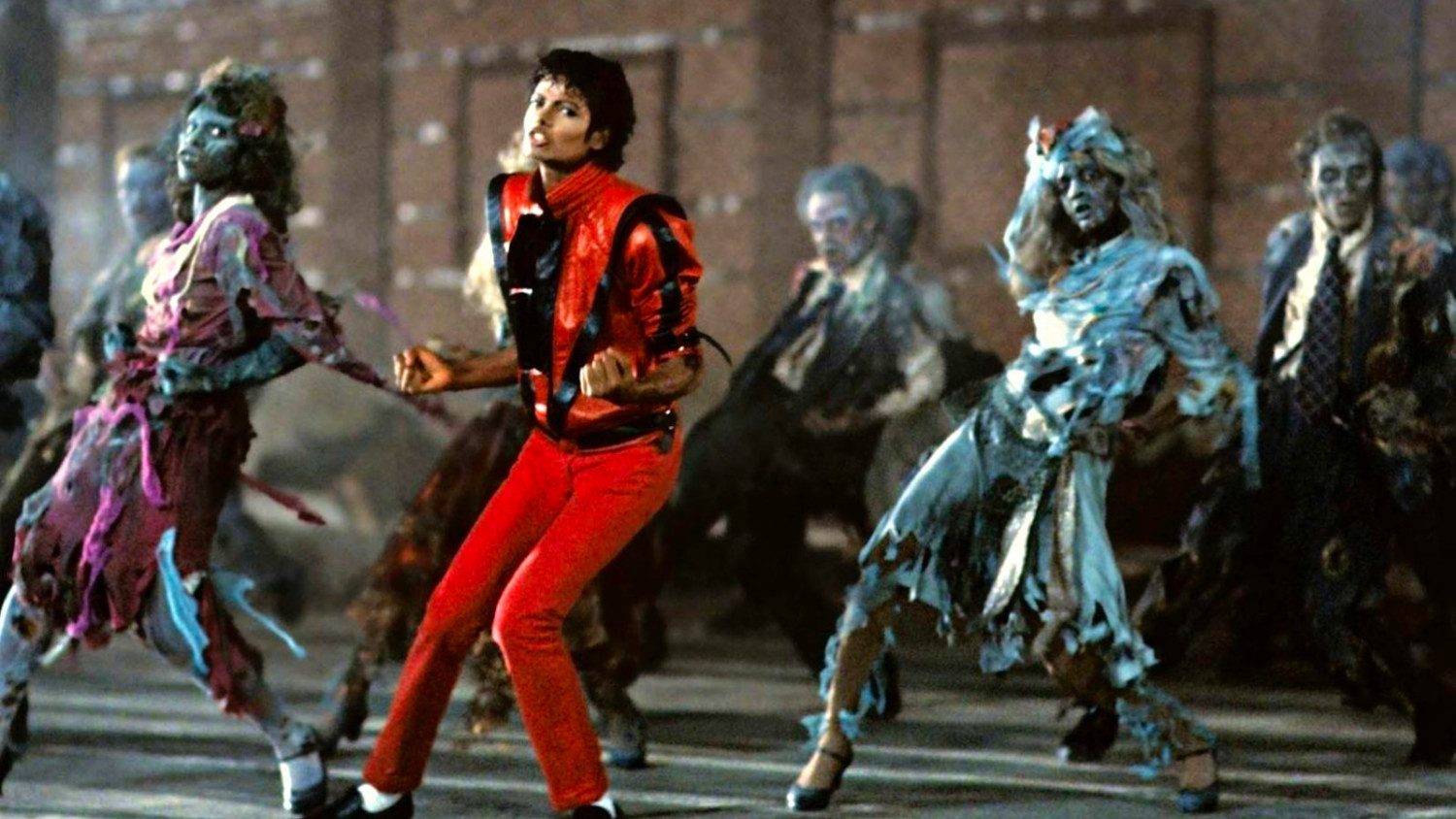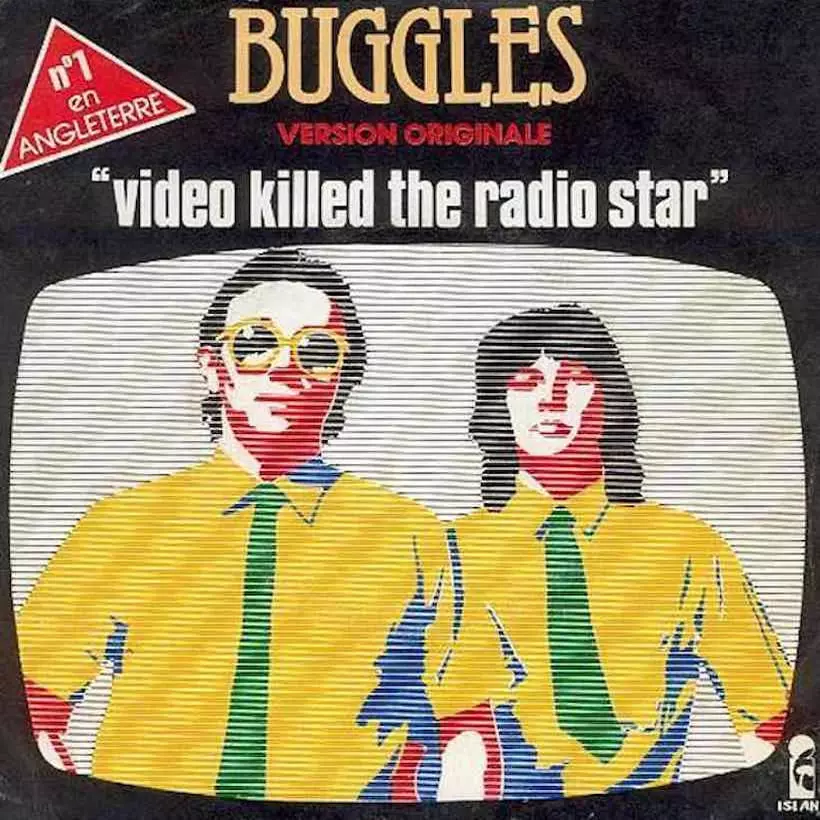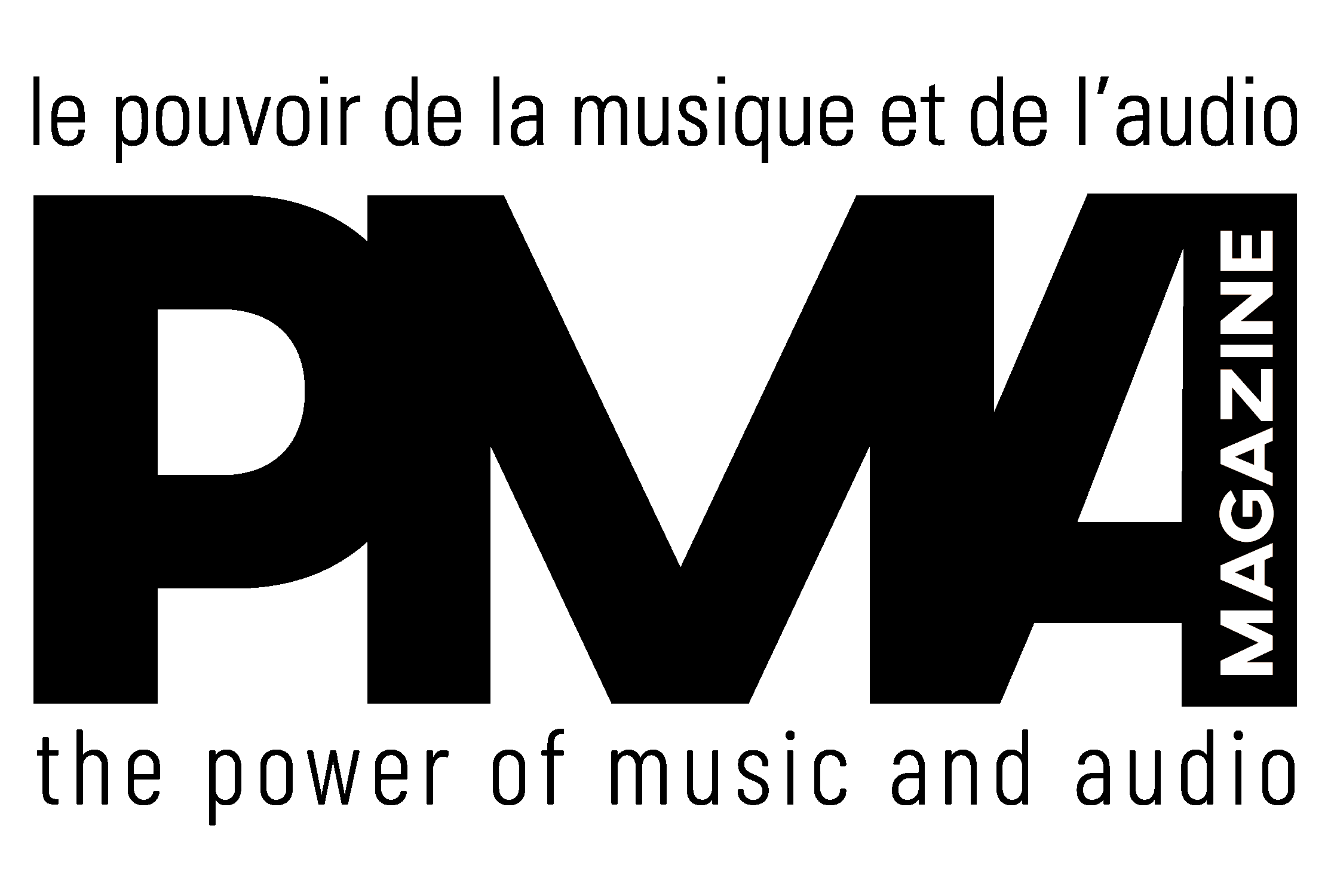
On August 1, 1981, an unprecedented event occurred in the media industry that would forever change the way we consume music: the launch of MTV (Music Television). The first-ever music video to grace this new platform was The Buggles’ fittingly prophetic “Video Killed the Radio Star,” a title that foresaw the pivotal shift about to happen in the music industry.
The genesis of MTV was a marked shift in how audiences could experience music. No longer was it an exclusively auditory experience. With MTV, music turned into a multi-sensory spectacle that involved not only the ears but also the eyes, dramatically changing the dynamics of music consumption and creation.
In an era when music was primarily disseminated through vinyl records, cassette tapes, and AM/FM radio, MTV emerged as a fresh, groundbreaking alternative. Suddenly, musicians had to think about their image and visual presentation in ways that were previously unnecessary. Music became a broader artistic endeavor, a fusion of sound and vision that gave musicians new means of self-expression.
Central to MTV’s appeal was the music video format. Though the concept of setting imagery to music was not entirely new – musicians had previously used promotional clips or filmed performances – MTV turned it into an art form. Artists began investing time, money, and creativity into making videos that were as captivating as the songs themselves. This format gave artists another avenue to tell their stories, interpret their songs, and build their personas.
The MTV era brought musicians’ personalities and aesthetics into the limelight in a way that album covers and occasional TV appearances never could. It gave rise to music superstars like Madonna and Michael Jackson, whose innovative music videos left an indelible mark on popular culture. Jackson’s “Thriller,” for instance, wasn’t just a music video—it was a 14-minute short film that transformed music video production into high art.

MTV also played a critical role in promoting genres that were traditionally sidelined by mainstream radio. The channel gave significant exposure to heavy metal, hip-hop, and grunge, promoting artists like Nirvana to global fame. MTV’s willingness to break from the pop-centric mold of commercial radio was revolutionary, democratizing access to diverse musical styles and artists.
Now, over four decades later, the landscape of music consumption has significantly changed, with streaming platforms becoming the norm. However, the legacy of MTV is still palpable. Today’s artists release high-concept visual albums and YouTube remains a vital platform for music video premieres.
MTV changed the game by pushing the music industry into the visual realm. It became a cultural powerhouse that shaped not just the music industry, but fashion, film, and TV. Even though the MTV of today bears little resemblance to the music video mecca it once was, its impact on the fusion of music and visual media is undeniable. On that fateful day in August 1981, MTV didn’t just kill the radio star—it transformed the music universe.

a little further north
MuchMusic and MusiquePlus were Canada’s premier music television channels. Launched by CHUM Limited on August 31, 1984, MuchMusic, known as “The Nation’s Music Station,” brought music videos, artist interviews, and music news to a Canadian audience, similar to what MTV did in the United States. On September 1, 1986, MusiquePlus was launched as a French-language equivalent to MuchMusic, targeting the francophone population in Quebec and across Canada. Both stations were instrumental in promoting Canadian musicians and providing a platform for their music videos, helping to shape the Canadian music industry. However, changing consumer behavior and the rise of digital music platforms led to a shift in focus for both channels. MuchMusic rebranded to “Much” in 2021, focusing more on comedy, reality TV, and movies, while MusiquePlus rebranded to “Elle Fictions” in 2019, shifting its programming to women-oriented lifestyle and entertainment content.
The transformation of MTV, MuchMusic and MusiquePlus from a music-centric channel to one that prioritizes reality TV, comedy, and lifestyle programming reflects a broader trend seen across music television. As streaming services like YouTube and Spotify rose to prominence, offering instant access to a vast array of music content, traditional music television channels struggled to maintain their relevance. The pivot away from music programming illustrates the profound changes in how audiences consume media today. No longer the vanguards of music discovery, these channels now cater to the diverse tastes of a global audience, underscoring the dynamic nature of the entertainment industry. What began as a revolution in music television has morphed into a complex, multifaceted media landscape where the once-revolutionary concept of the music video is but one thread in the rich tapestry of modern entertainment.









Leave a Reply